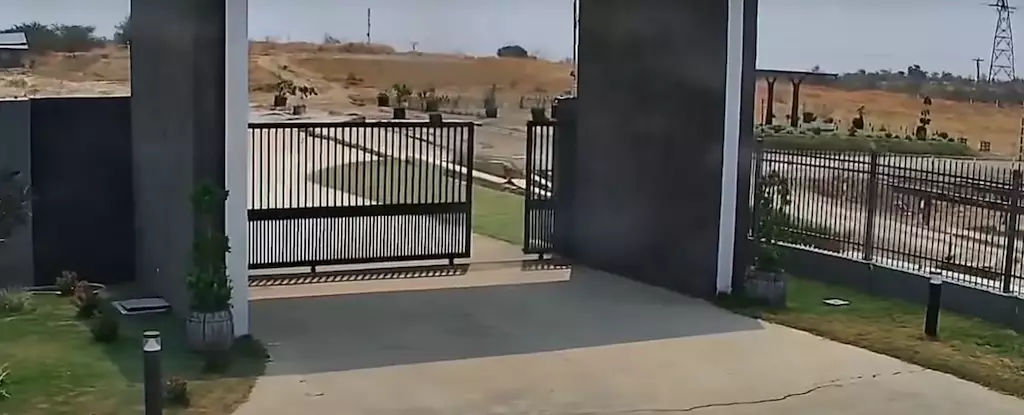On March 28, 2025, an earth-shattering event unfolded in Myanmar, shaking not only the ground but the very core of human existence. At 7.7 on the Richter scale, this earthquake was not just a statistic to read; it was a harrowing experience that left a profound impact on the region and beyond. While numbers like over 3,700 lives lost and thousands more injured paint a stark picture, nothing compares to the visceral reality captured on security footage. The moment the earth cracked open and shifted was a brutal reminder of humanity’s fragile hold on safety and stability.
The footage from GP Energy Myanmar’s Thapyay Wa solar facility gripped viewers, revealing the chaos of nature’s overwhelming power. In just seconds, a serene day devolved into a nightmarish scenario as the ground heaved violently. While we often escape into complacency, believing safety is a right we hold, this footage forces us to confront an uncomfortable truth: security is merely an illusion. The shocking transformation of a familiar landscape serves as a hard-hitting reminder that, beneath our feet, chaos has the potential to erupt with little to no warning.
Understanding the Magnitude of the Disaster
The earthquake that rocked Myanmar is representative of a much larger, ongoing conversation about our relationship with nature. The forces that create such terrifying events are part of the Earth’s core dynamics, yet they leave us feeling vulnerable and unprepared. The event was classified as a “supershear” earthquake, characterized by an unprecedented speed, rupturing the environment in real-time. As the ground shook at a depth of merely 10 kilometers, people witnessed something beyond spreadsheets and reports—a crisis unfolding right before their eyes.
This particular quake was no mere incidental occurrence; it was a culmination of Myanmar’s geological history and tectonic complexities. The Sagaing Fault is the primary player in this natural theater, a reminder that cities like Mandalay exist precariously close to this fault line. One can’t help but feel a deep sense of foreboding when realizing that urban centers in this region lie in the potential crosshairs of calamity. It raises provocative questions: How do we prepare for the unthinkable? Are we doing enough to shield our communities from such catastrophes, or are we simply waiting for the next seismic wake-up call?
A Gripping Wake-Up Call
The consequences of the earthquake extended far beyond immediate destruction. With the ground yielding under immense pressure, the potential for secondary disasters increased significantly. Infrastructure, which we often take for granted, crumbled like a house of cards, causing collateral damage not just in Myanmar but as far away as Bangkok. It’s alarming to consider how a single event can unleash a chain reaction, showcasing the interconnectedness of human life and the environment.
Experts like civil engineer Khan Shahzada emphasize the cascading risks posed by such events. The synergy of seismic energy and surface deformation dramatically illustrated how quickly safety can devolve into chaos. As we grapple with the implications of this disaster, it is crucial to rethink our strategies for disaster management and urban planning. We can no longer afford to sit idle, believing ourselves immune to nature’s whims.
Continuing the Conversation
Despite the heartbreak and devastation, each natural disaster opens a window for growth and understanding. Scientists continue to tirelessly study these phenomena to unlock the secrets of prediction and prevention, fostering hope that we can one day harness the power of warning systems to protect lives. The footage of that fateful day in March may have been captured in an instant, but its implications will resonate for years to come.
As we watch the cracking ground in real-time, it also serves as a metaphor for our societal vulnerabilities. We must confront the fragility of our existence and resist the complacency that allows us to ignore such looming threats. This tragic episode in Myanmar should incite both empathy and a proactive approach towards vulnerability and resilience. It’s time we advocate for the environment, prepare for the unpredictable, and recognize that each trembling of the earth serves as a compelling call to action.


Leave a Reply